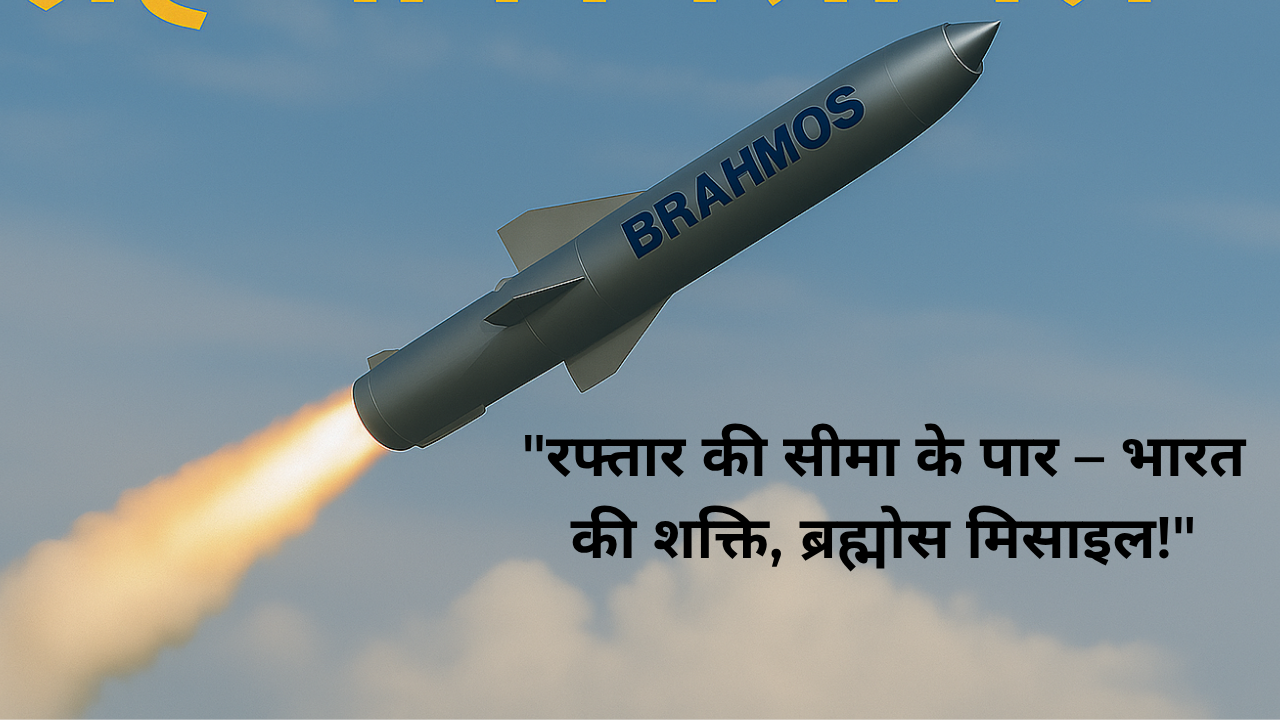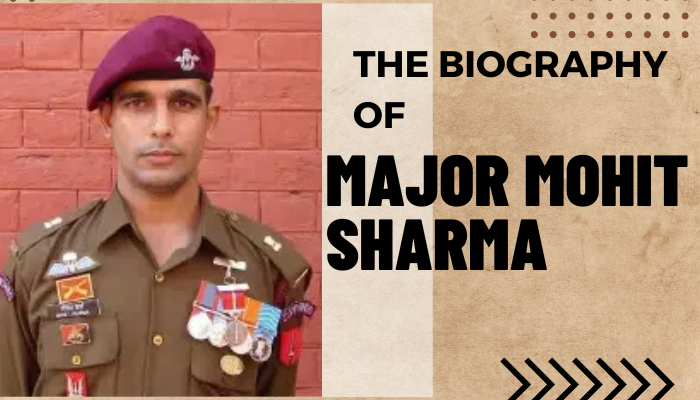200 Important Computer Abbreviations full forms for Exam - GK in Hindi
By Kamakshi Sharma | General knowledge | Dec 14, 2018

Most Common Computer Abbreviation for Competitive Exams.List of Computer Abbreviations and Full Form for Bank/SSC/Railway Exam.Computer Abbreviations quiz/questions and answers with explanation for various interview, competitive examination.These abbreviations computer awareness mcq and computer knowledge .Important Computer Abbreviations full forms for exams...
Important Computer Abbreviations full forms for Exam
- Full Forms of Computer Abbreviations
- ABC: Tans off – Berry computer
- A/D: Analog to digital
- GP: Graphics port
- AI: Artificial intelligence
- ALGOL: Algorithmic Language
- ALU: Arithmetic Logic Unit
- AM: Amplitude Modulation
- AMD: Advanced Micro Devices
- ANSI: American National standards Institute
- ARPNET: Advanced Research Project Agency Network
- ASIC: Application specific Integration circuit
- ASCII: Americna Standard code for Information Interchange
- ATM: Asynchronous Transfer Mode/Automatic Teller Machine
- BARC: Bhabha Atomic Research centre
- Basic: Beginners‟ All – Purpose symbolic In-suction code
- BCD: Binary coded Decimal
- BEMA: Business Equipment Manufactures association
- BIOS: Basic Input Output system
- BCR: Bar code Reader
- BPI: Bytes per Inch
- BPS: Bits Per Second
- BSNL: Bhrat Snchar Nigm Limited
- CAD: Computer Aided Design
- CAL: Computer Aided Leering
- CAM: Computer Aided Manufacturing
- CD: Compact Disk
- C-DAC: Centre for Development of Advanced computing
- C-DOT: Centre for Development of Telemetric
- CD-R: Compact Disk-Recordable
- CD-ROM: Compact Disk-Read only Memory
- CD-R/W: Compact Disk-Read/Write
- Class: Computer Literacy and Studies in school
- CMOS: Complementary Metal oxide semiconductor
- COBOL: Common business oriented Language
- CMY: Cyan – Magenta – Yellow
- Comal: Common Algorithmic Language
- CPI: Character Per Inch
- CPS: Central Processing Unit
- CRS: Compueriesed Reservation system
- CRT: Cathode Ray tube
- CTS: Clear to send
- CU: Control Unit
- D/a: Digital – to – Analog
- DBMS: Data Base Management system
- DDS: Digital Data Storage
- DEC: Digital Equipment Corporation
- DOS: Disk Operating system
- DPI: Dots per Inch
- DRDO: Defense Research and Development Organization
- DSHD: Double sided high Density
- DTP: Desk op publishing
- DTR: Data Terminal Ready
- DTS: Digital theater system
- DVD: Digital Video/Versatile Disk
- E-business: Electronicd business
- E-Commerce: Electronic Commerce
- E-Mail: Electronic Mail
- EBCDIC: Exended binary coded Decimal In terchange Code
- EDP: Electronic data processing
- EEPROM: Electrically Erasable programmable Read only memory
- EFT: Electronic fund Transfer
- ENIAC: Electronic Numerical integrator and calculator
- EPROM: Erasable programmable Read ony Memory
- ERNET: Education and Research Network
- EXE: Execution
- FAT: file allocation table
- FD: Floppy disk
- FDM: Frequency division multiplexing
- FET: Eifel Effect Transitory
- FIFO: First – In, First – out
- FILO: First In, Last Out
- FM: Frequency Modulation
- Fortran: Formula translation
- FSK: Frequency shift Keying
- FTP: file Transfer Protocol
- GB: Giga Bytes
- GIGO: Garbage in garbage out
- GIS: Geographical information system
- GPL: general public license
- GPS: Global positioning system
- GUI: Graphical user interface
- HLL: High Level Language
- HP: Hewlett Packard
- HTML: Hyper Text Markup Language
- HTTP: Hyper Text Tranfer Protocol
- IBM: International business Machines
- IC: Integrated Circuit
- I/O: Input – Output
- IP: Internet Protocol
- IRC: Internet Relay chat
- ISDN: Integrated services digital Network
- ISH: Information super highway
- ISO: International standards Organization
- ISP: Internet service provider
- IT: Information technology
- JPEG: Joint Photographic expert group
- JRE: Jav Runtime Engine
- JSP: Java Server pages
- KB: Kilo bytes
- KIPS: Knowledge information processing system
- LAN: Local Area Network
- Laser: Light amplification for stimulated emission of radiation
- LCD: Liquid crystal display
- LD: Laser diode
- LEd: Light – Emitting diode
- LISP: Lit processing
- LLL: Low Level language
- LSD: Least significant digit
- LSI: Least significant digit
- LSI: Large scale integration
- MAN: Metropolitan Area Network
- MB: Mega Bytes
- MHz: Mega Hertz
- MICR: Magnetic Ink character recognition
- MIDI: Musical instrument digital interface
- MIPS: Million Instructions Per second
- MODEM: Modulator – Demodulator
- MOPS: Million operations per second
- MOS: Metal oxide semiconductor
- MPEG: Moving picture expert group
- MP-3: MPEG-I Audio Layer 3
- MS: Microsoft
- MSD: Most significant digit
- MSD: Most significant digit
- MSI: Medium scale Integration
- MTBF: Mean time between Failure
- MTNL: Mahanagar Telephone Nigam limited
- NICNET: National Informatics centre Network
- NIU: Network interface Unit
- NTSC: National television standards committee
- OCR: Optical character recognition
- OMR: Optical Mark Reader
- OOP: Object oriented programming
- OS: Operating system
- OSS: Open source software
- PAL: Phase alternation Line
- PC: Personal computer
- PCB: Printed circuit board
- PCI: Peripheral component interconnect
- PDA: Personal digital Assistant
- PDF: Portable document format
- PL/1: Programming language 1
- PM: Phase modulation
- POST: Power on self test
- PPM: Pages per minute
- Prolog: Programming in logic
- PROM: Programmable Read only Memory
- PSTN: Public switched telephone network
- QAS: Quality assurance service
- RAM: random access memory
- RGB: Red, Green, blue
- ROM: Read only Memory
- RPG: Report program generator
- RS-232: Recommended standard 2-3-2
- SCSI: Small computer system interface
- SEQUEL: Structured English quer Language
- SIMM: Single in line memory module
- SSI: small-scale integration
- DEC: Digital Equipment Corporation
- DOS: Disk Operating system
- DPI: Dots per Inch
- DRDO: Defense Research and Development Organization
- DSHD: Double sided high Density
- DTP: Desk op publishing
- DTR: Data Terminal Ready
- DTS: Digital theater system
- DVD: Digital Video/Versatile Disk
- E-business: Electronicd business
- E-Commerce: Electronic Commerce
- E-Mail: Electronic Mail
- EBCDIC: Exended binary coded Decimal In terchange Code
- EDP: Electronic data processing
- EEPROM: Electrically Erasable programmable Read only memory
- SVGA: Super Video graphics arrary
- TB: Tera byte
- TCP: Transmission control protocol
- TDM: Time division multiplexing
- ULSI: Ultra large scale Integration
- UNIVAC: Universal Automatic computer
- UPS: Uninterrupted power supply
- URL: Uniform resource locater
- USB: Universal serial bus
- UVEprom: Ultra violet erasable programmable read only memory
- VAN: Value aided network
- VCR: Video cassette recorder
- VDU: Video display unit
- VGA: Video graphics array
- Virus: Vital information resources under seize
- VLSI: Very lage scle integration
- VSNL: Videsh sanchar nigam limited.
- WAN: Wide area network
- WaP: Wireless application Protocol
- WLL: Wireless local loop
- WMP: Windows media player
- WORM: Write once – read many
- WWW: World wide web
- XMS: Extended memory specification
- 2G: Second generation wireless networking
- 3G: Third generation wireless networking technology
other related links:
- Top 30 GK Questions Answers in Hindi – GK in Hindi
- General Knowledge Questions Answers about History – GK in Hindi










